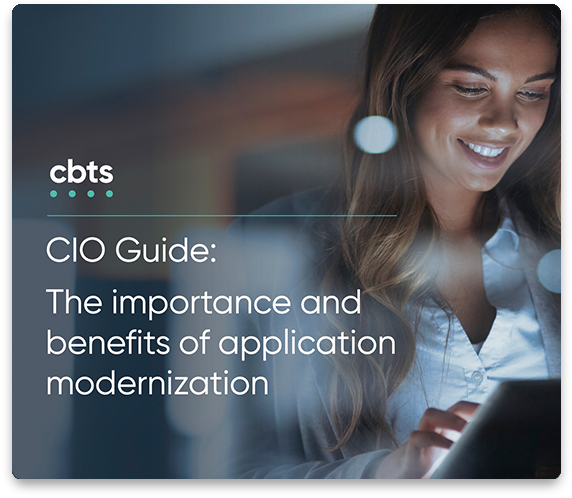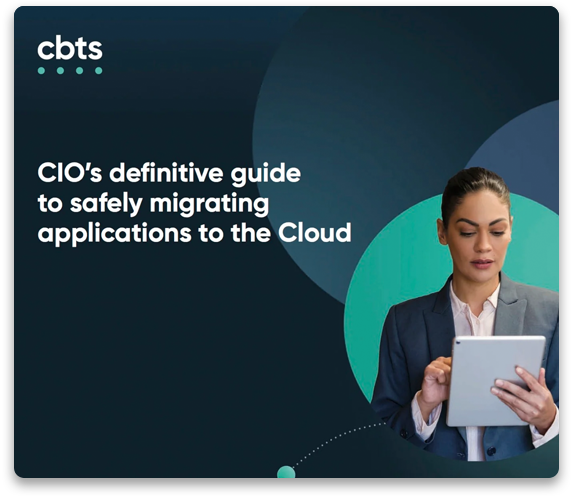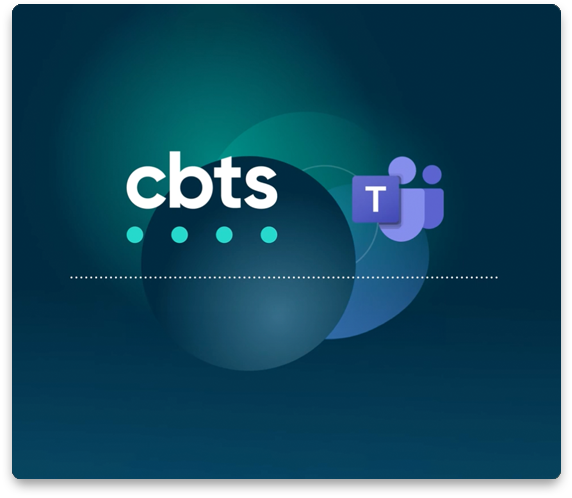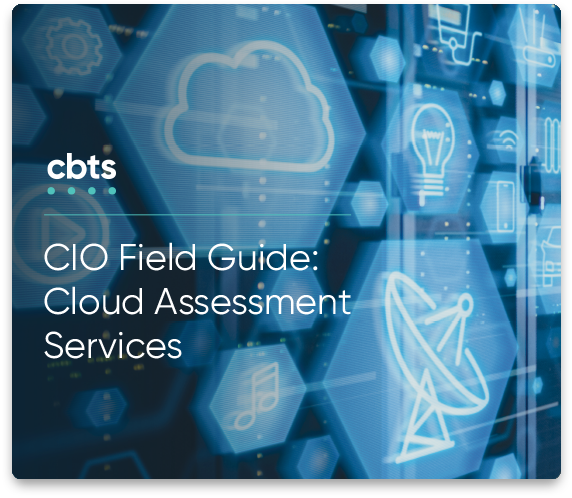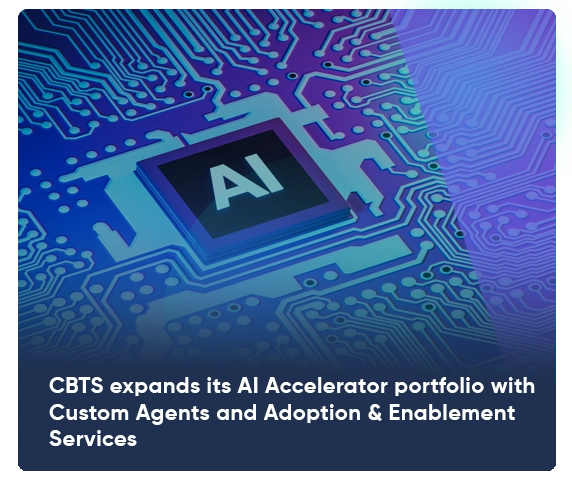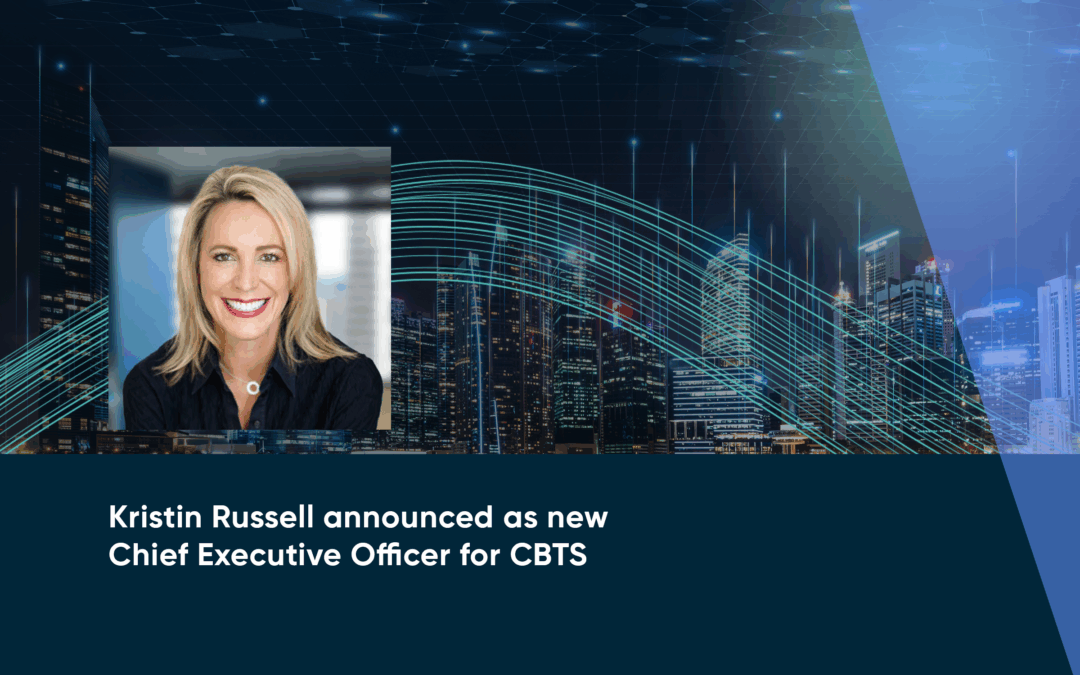
Over the past several years, AI has gone from being a novelty to a business necessity. According to the most recent McKinsey Global Survey on AI, 65% of participants indicated that their organizations use generative AI, nearly twice the figure reported in the prior survey ten months ago. As AI adoption has grown, so have fears about its potentially nefarious nature.
Recurring themes surrounding AI in public discourse include fears of mass layoffs, privacy concerns, and AI’s “black box” nature (i.e., hidden processes and lack of transparency). According to Gallup, 75% of American workers fear AI displacement in the next 10 years. Workers are anxious about being replaced by professionals with mastery over AI tools, which allow them to spend less time on routine and time-consuming tasks and shift focus to strategy and innovation.
Another critical concern with generative AI is accuracy, with high-profile cases of AI mistakes spreading concerns to business leaders. Great strides are being made to ensure AI accuracy through various techniques and the continuous improvement of AI computing power. However, AI does not have experience or wisdom, and it does not understand context.
The benefits far outweigh the risks of AI adoption, and the better the organization’s mastery of AI, the greater the rewards. According to a recent survey, AI leaders regularly enjoy 150% revenue growth over the middle of the pack and a 160% increase in shareholder return.
This post will discuss some of the most common use cases of AI for industry leaders, explore how it is revolutionizing the digital workplace through Contact Center as a Service (CCaaS) and Unified Communications as a Service (UCaaS), and address implementation planning that helps your organization get the most out of AI.
Transform your everyday work life with AI
Automation of repetitive tasks
One of the most significant advantages of incorporating AI into your organization is its capacity to automate mundane and repetitive tasks. By using AI to handle these routine duties, employees can concentrate on more creative and strategic work. This shift not only enhances job satisfaction but also leads to increased productivity throughout the organization. When team members can dedicate time and energy to tasks that require critical thinking and innovation, the overall output improves, fostering a more dynamic and engaged workforce.
Enhanced decision-making
By quickly processing and interpreting complex information, AI brings valuable insights to the forefront and enables employees to make well-informed decisions. With AI as a powerful ally, organizations can navigate complexities with confidence and agility.
Improved customer interactions
AI also plays a vital role in elevating customer experiences through personalized recommendations and 24×7 support. AI can personalize interactions by analyzing customer behavior, history, and preferences, making AI agents more relevant and engaging. This level of personalization not only enhances customer satisfaction but also fosters loyalty, as clients feel understood and valued. Additionally, AI-driven support systems enable organizations to assist anytime, ensuring customer needs are met promptly, regardless of the hour.
Increased employee satisfaction
By adopting AI into UCaaS and CCaaS workflows, companies are not just streamlining processes; they are fundamentally transforming the employee experience, prioritizing higher-value contributions over monotonous tasks, and building a healthier, more sustainable workplace.
AI-driven tools can manage scheduling, handle routine inquiries, and execute data entry tasks with minimal human intervention. Automation accelerates these processes and minimizes human error, freeing employees to engage in more strategic and creative aspects of their roles. When employees can focus on meaningful work that requires critical thinking and creativity, it directly contributes to higher job satisfaction.
AI in UCaaS and CCaaS elevates communication and collaboration
Unified Communications as a Service
In UCaaS, AI integration enhances productivity and user experience by streamlining workflows and improving communication. Key features include real-time translation of meetings into more than 100 languages, smart transcripts with insights like action items and participant recognition, and call recaps that boost customer experience and employee productivity.
Advanced noise suppression filters out background distractions, while emerging gesture recognition technology aids engagement. These innovations foster a more collaborative and inclusive communication landscape for organizations with diverse teams.
Learn more: The significance of AI: Explore the future of collaboration and communication
Contact Center as a Service
AI adoption in CCaaS enhances customer service efficiency through advanced call routing, need prediction, and workflow automation, utilizing tools like chatbots, sentiment analysis, and voice recognition to improve customer satisfaction.
Key AI trends include agent-assist features that reduce burnout by providing real-time suggestions and the growth of self-service options with intelligent virtual agents (IVA) and interactive voice responders (IVR) that better understand customer intent. Additionally, AI improves call experiences with noise cancellation and real-time transcription technologies, while voice biometrics are being developed to enhance security, particularly in finance and healthcare.
Learn more: Seven contact center automation trends of 2024: Elevate your digital workplace efficiency
How to implement AI in your business operations
- Start with a clear strategy: Defining specific business goals that AI solutions can address is essential. Whether you aim to improve efficiency, reduce costs, or enhance customer experience, having a clear objective is crucial for successful AI implementation.
- Integration with existing platforms: When adopting AI, consider how it can be integrated seamlessly into your existing UCaaS, CCaaS, and other critical systems. This approach helps minimize disruption and ensures a smoother transition.
- Data-driven foundation: Effective AI solutions depend on quality data. Ensure your organization possesses clean, structured, well-governed data sources to support robust AI implementation.
- Collaboration between IT and business units: Aligning IT with business objectives is vital. This collaboration ensures that AI solutions are tailored to meet operational needs and drive real value for the organization.
- Iterative approach: AI adoption should be treated as an ongoing process. Begin with smaller, achievable projects, evaluate the outcomes, and refine the strategy as needed before scaling up.
- Compliance and security considerations: Given that AI solutions often involve large datasets, ensuring that your AI strategy adheres to security and regulatory standards, especially when dealing with sensitive information, is essential.
Learn more: Playbook: Implementing AI solutions to achieve operational excellence
Embracing AI leads to greater productivity
The benefits of AI, such as automating repetitive tasks, enhancing decision-making, improving customer interactions, and improving employee engagement, significantly outweigh the risks. Effective implementation can lead to increased productivity and revenue growth. AI should enhance, not replace, human workers, especially in communication and collaboration through UCaaS and CCaaS. CBTS has a suite of professional services to ease your AI adoption journey. Click here to see how.

